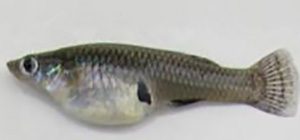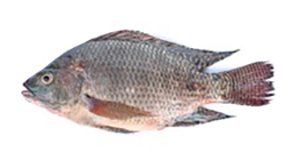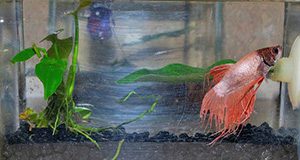Tilapia lake virus is a globally emerging virus responsible for episodes of mass mortality in cultured and/or feral tilapia (Oreochromis spp. and hybrids) in Asia, Africa, Central America, and South America. Since 2014, there have been global reports of TiLV disease resulting in 10% to 90% mortality in tilapia fry, juveniles, and adults causing significant economic losses. Currently, the disease has been confirmed in Colombia, Ecuador, Egypt, India, Indonesia, Israel, Malaysia, Mexico, Philippines, Peru, Tanzania, and Thailand. TiLV has not yet been found in the USA or Canada, but it has most recently been reported in 20 aquaculture production facilities across six Mexican states (Chiapas, Jalisco, Michoacán, Sinaloa, Tabasco and Veracruz). This 7-page fact sheet written by Lowia Al-Hussinee, Kuttichantran Subramaniam, Win Surachetpong, Vsevolod Popov, Kathleen Hartman, Katharine Starzel, Roy Yanong, Craig Watson, Hugh Ferguson, Salvatore Frasca Jr., and Thomas Waltzek and published by the UF/IFAS School of Forest Resources and Conservation, Program in Fisheries and Aquatic Sciences describes this important emerging disease and explains how to prevent outbreaks and what to do if you suspect TiLV in an aquaculture facility or in the wild.
http://edis.ifas.ufl.edu/fa213
Tag: Craig Watson
Evolution, culture, and care for Betta splendens
The commercial betta, or Siamese fighting fish (Betta splendens), is one of a group of fishes that live in fresh water in Africa and southern Asia. Today’s commercial bettas are selected for bright colors as well as elaborate fins because the ornamental hobby is the main market for this species. This 5-page fact sheet written by Craig Watson, Matthew DiMaggio, Jeffrey Hill, Quenton Tuckett, and Roy Yanong and published by School of Forest Resources and Conservation, Program in Fisheries and Aquatic Sciences explains how to grow and care for these beautiful and fascinating fishes.
http://edis.ifas.ufl.edu/fa212
Eastern Mosquitofish, Gambusia holbrooki, for Control of Mosquito Larvae

Using native animal species, particularly fish, to reduce mosquito populations is popular in multiple states including Florida. This 5-page fact sheet written by Eric Jon Cassiano, Jeffrey Hill, Quenton Tuckett, and Craig Watson and published by the Program in Fisheries and Aquatic Sciences within the UF/IFAS School of Forest Resources explains how to use eastern mosquitofish to control mosquitoes. It also discusses other native fish species that may reduce mosquito populations.
http://edis.ifas.ufl.edu/fa202
FA161 Use of Ovaprim in Ornamental Fish Aquaculture
FA161, an 8-page illustrated fact sheet by Roy P. E. Yanong, Carlos Martinez, and Craig A. Watson, explains for ornamental fish producers the mode of action and considerations for the use of ovaprim, a hormone product used as a spawning aid. Includes references. Published by the UF Program in Fisheries and Aquatic Sciences, School of Forest Resources and Conservation, December 2009.
http://edis.ifas.ufl.edu/fa161
FA16/FA031 Ammonia in Aquatic Systems
Revised! FA-16, a 5-page illustrated fact sheet by Ruth Francis-Floyd, Craig Watson, Denise Petty, and Deborah B. Pouder, informs aquarists, aquaculturists, and hobbyists about this important water quality parameter, its affect on fish health, the nitrogen cycle that eliminates ammonia from water, how to test for ammonia, and how to manage an ammonia problem. Includes references. Published by the UF School of Forest Resources and Conservation, Program in Fisheries and Aquatic Sciences, February 2009.
http://edis.ifas.ufl.edu/FA031

